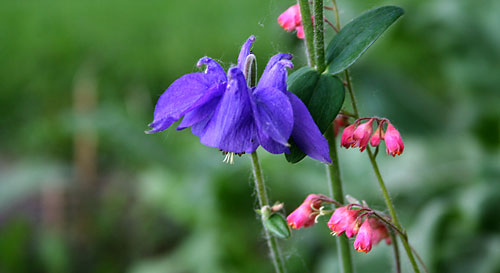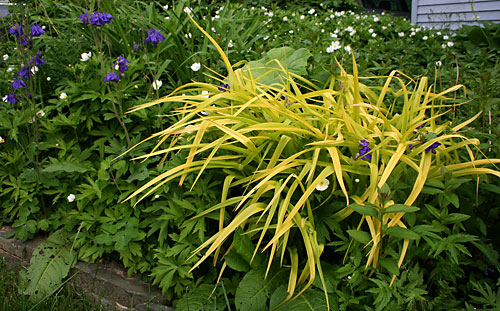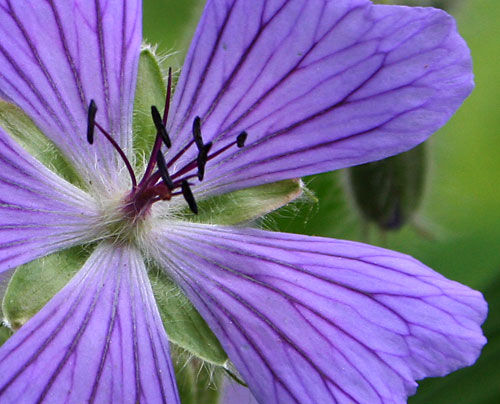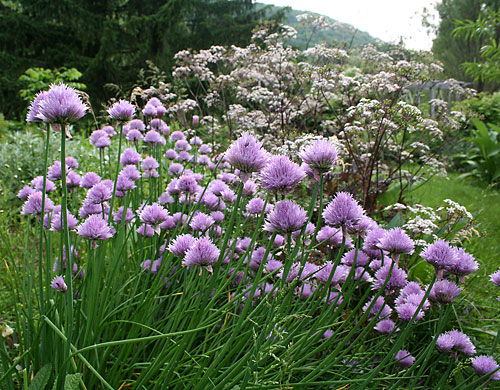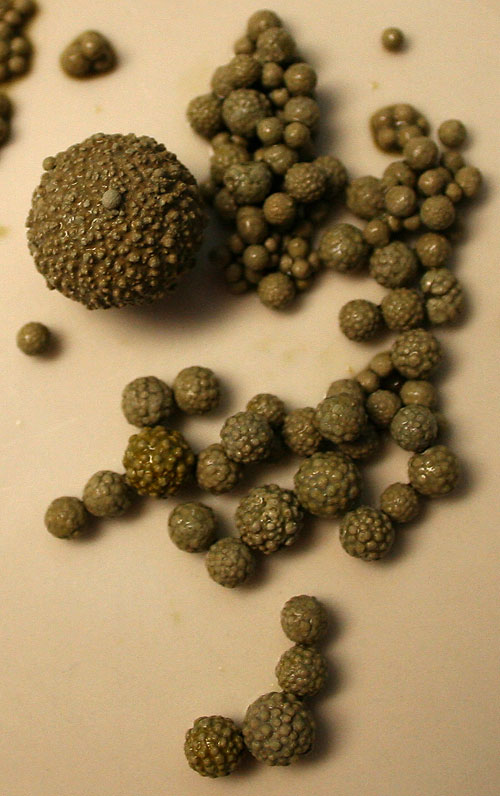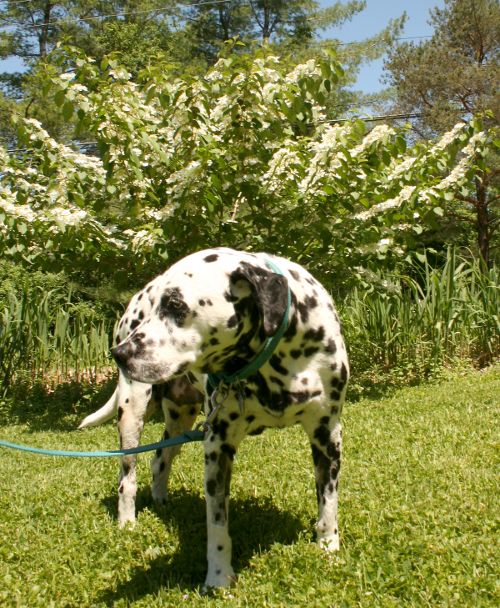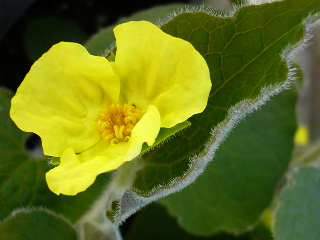 As if keeping the deer at bay weren’t hard enough, this year two-legged plant thieves are particularly plaguing Cornell Plantations, the botanical gardens, arboretum and natural areas at Cornell University).
As if keeping the deer at bay weren’t hard enough, this year two-legged plant thieves are particularly plaguing Cornell Plantations, the botanical gardens, arboretum and natural areas at Cornell University).
Last December, I posted about how Plantations staff spray trees with ‘ugly mix’ to prevent rustlers from cutting evergreens for Christmas trees. But that’s not really an option for the many rare, unusual and valuable plants being carted off — some in broad daylight — during the growing season. According to the Cornell Chronicle:
High-value thefts include a rare, slow-growing, potted specimen-sized Agave and a heavy, glazed container filled with colorful annuals and perennials that was stolen right in front of the Plantations administration building. In perhaps the most brazen theft, the herb garden manager was laying out perennials in peat pots throughout the garden in preparation for planting. She took a short break, only to return to find that many of the plants had been stolen. Most recently, a collection of unusual heirloom vegetable plants were taken from their cold frames located outside the Plantations’ vegetable garden.
Missing plants include:
* Lysichiton camtschatense (Asian skunk cabbage),
* Glaucidium palmatum
* Epimediums (Bishop’s cap)
* Saruma henryi, an Asian woodlander (image above right)
Heirloom tomato varieties:
* Aunt Ruby’s German Green
* Big Rainbow
* Black from Tula
* Cream Sausage
* Giant Oxheart
* Hillbilly Potato Leaf
* Plum Lemon
* Orange-fleshed Smudge, and
* Wapsipinicon Peach
If these have mysteriously shown up in any of your neighbors’ gardens, contact the Cornell Police at 607-255-1111.
WHCU interviews Cornell Plantations director Don Rakow on the plant thefts.
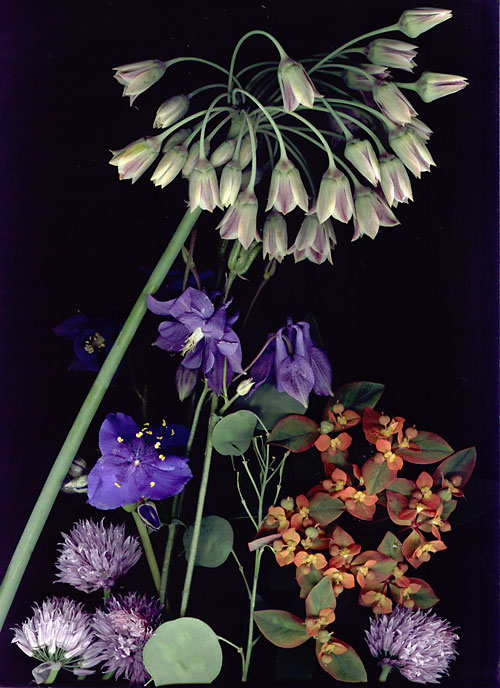
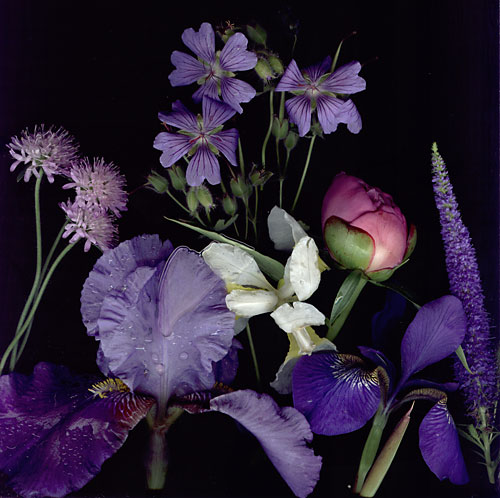

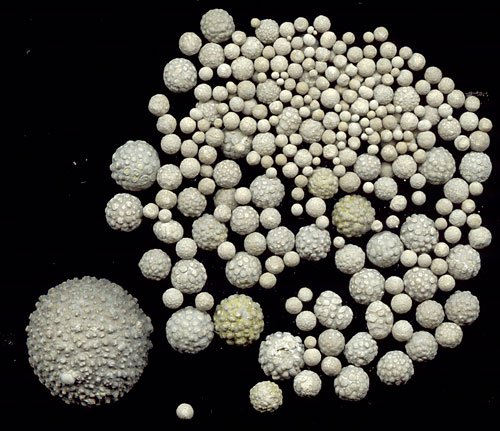

 As if keeping the deer at bay weren’t hard enough, this year two-legged plant thieves are particularly plaguing
As if keeping the deer at bay weren’t hard enough, this year two-legged plant thieves are particularly plaguing  No, I’m not talking about
No, I’m not talking about 
